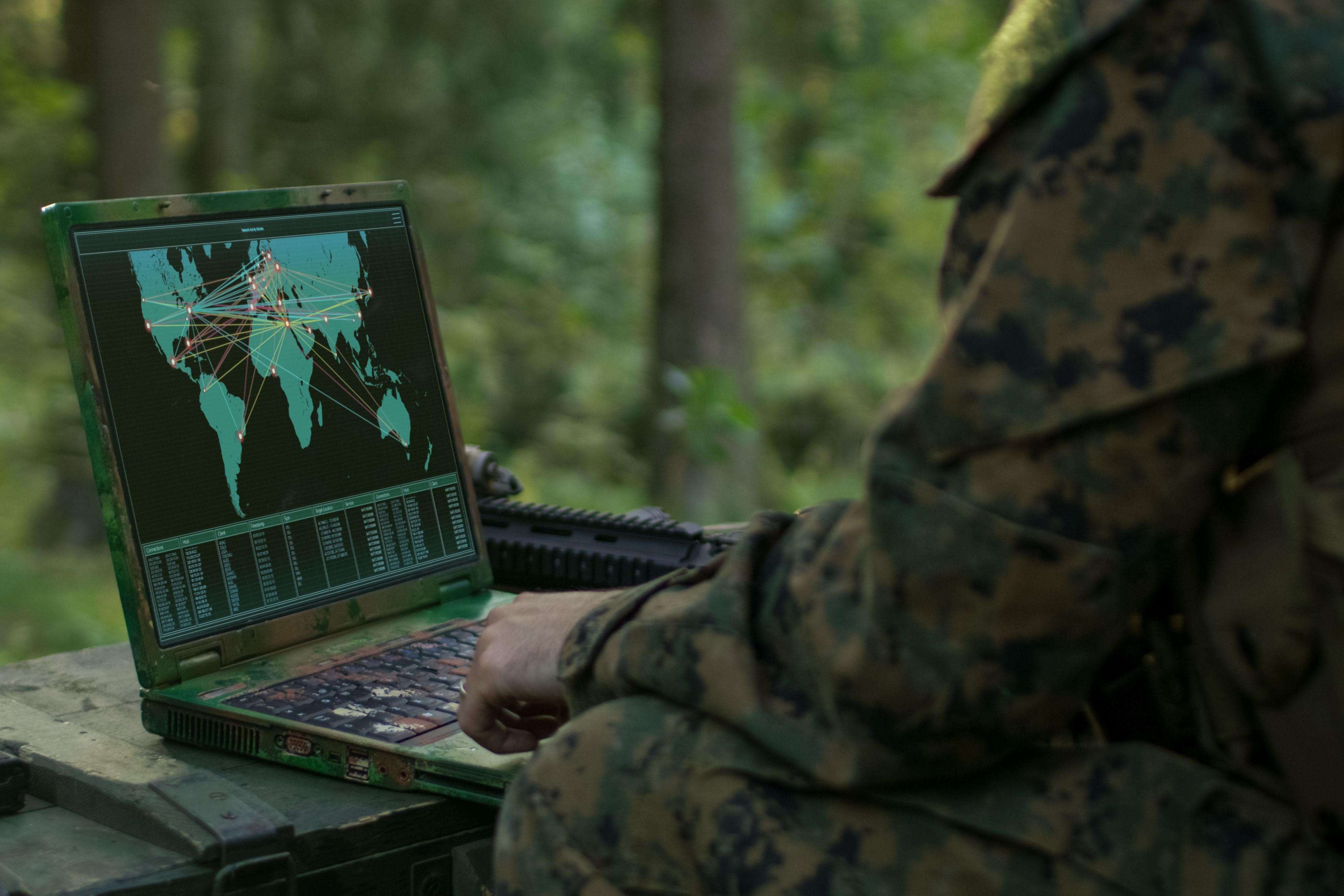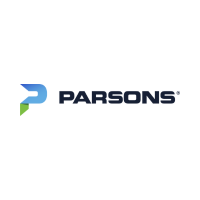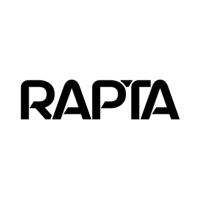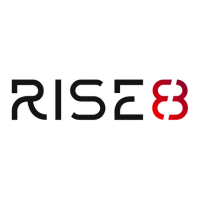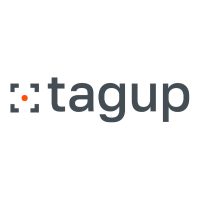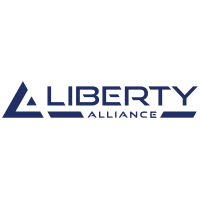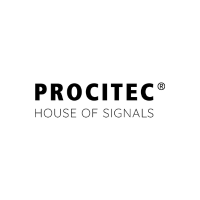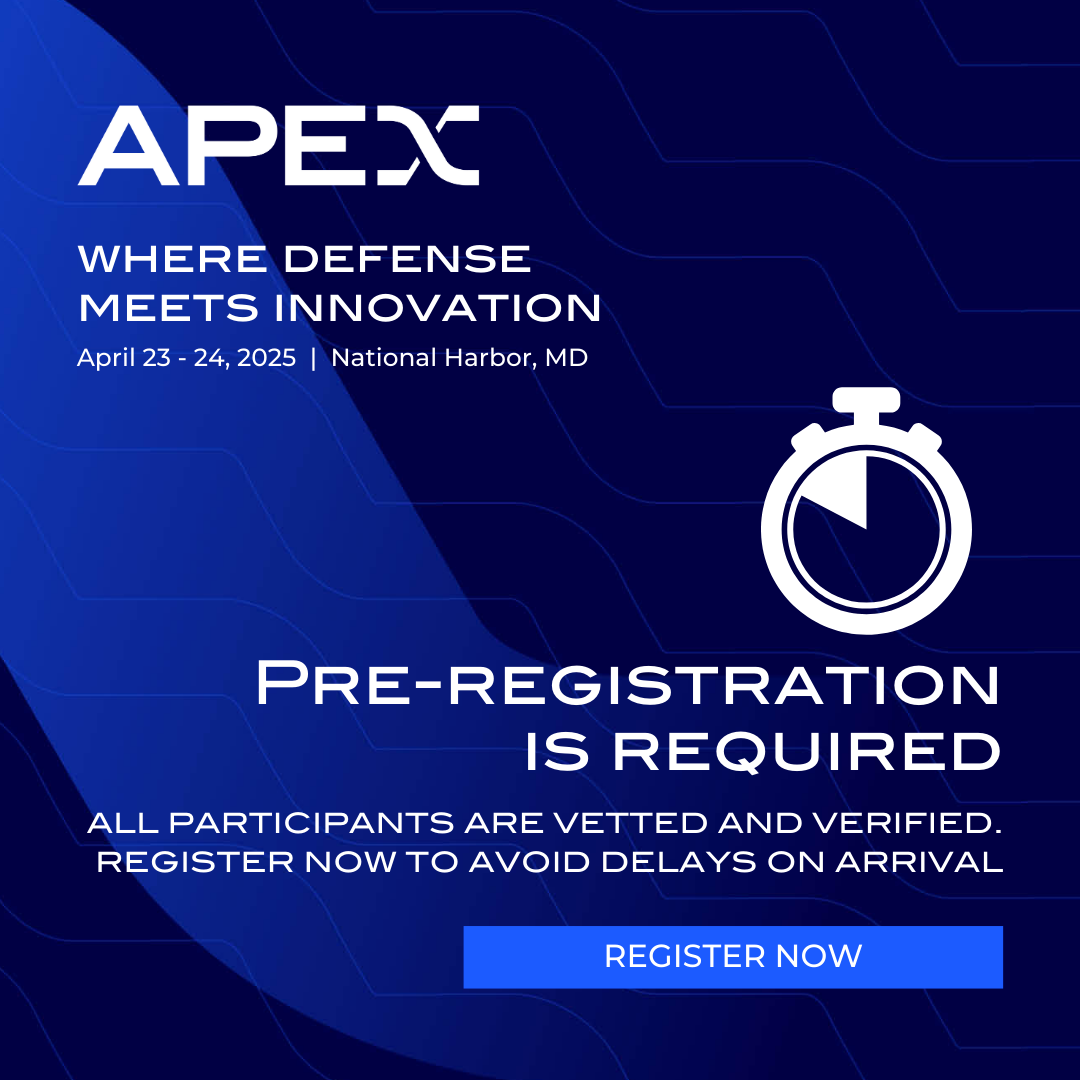Agile procurement front and center as U.S. observes lessons from Ukraine
)
Deputy Chief Technology Officer for the U.S. Navy, Michael Frank, spoke with Apex about the valuable lessons learned from the conflicts in Ukraine and the Red Sea regarding agile procurement.
The conflict in Ukraine and the Houthis' actions in the Red Sea have underscored the critical need to be close to the front to rapidly discover and adapt to the evolving requirements, Frank explained.
“With respect to rapid and agile acquisition to benefit the warfighter, I think the key lesson learned is staying as close to the front as possible in terms of what the needs are because they change so rapidly”.
Regarding frontline procurement, Frank drew reference to the swift innovation in drone technology and countermeasures observed in Ukraine, citing a need to ensure a tight Observe, Orient, Decide, and Act (OODA) loop.
Interestingly, Frank also observes the importance of personalities within fast-paced acquisition. “What we've seen in Ukraine is that a lot of times it comes down to personalities, or what some people call mavericks”, willing to take risks and operate outside of the traditional innovation-to-procurement process.
In taking these lessons forward, Frank spoke of the organizations and acts driving Department of Defense (DoD) and Department of the Navy (DON) agile procurement initiatives, before calling for the empowerment of program executive officers (PEOs) to bring together an agile and outcome-focused approach to procurement and technology adoption.
What’s driving the DoD’s agile procurement initiatives?
Agile procurement requires flexibility, rapid delivery, and continuous technological improvement. For the DoD, it allows for quick adaptation to evolving threats and technological advancements, supporting its goal of maintaining strength and resilience.
The first driver for agile procurement, Frank highlighted, is the Fostering Reform and Government Efficiency in Defense (FORGED) Act, introduced by Senator Roger Wicker and explained in a December 19 press release.
FORGED is intended to “strengthen rapid acquisition pathways”, make the DoD a better customer by removing non-commercial requirements, accelerate qualification, increase competition, cut bureaucracy, and “enable an agile funding process”, Wicker’s statement says.
“Even if the act doesn't get passed in its entirety”, FORGED will be a “huge catalyst for agile procurement”, Frank noted, with elements of it potentially lined up for the yearly National Defense Authorization Acts (NDAA) of 2025 and 2026, which authorizes DoD activities.
Another enabler of agile procurement is the bipartisan Defense Modernization Caucus. Representative Rob Wittman – who co-founded the group with Representative Pat Ryan – told attendees at its March 4 inaugural meeting that there is an appetite to be “constructively disruptive” on acquisition. “That, to me, is the best catalyst you're going to get [with decision-makers willing] to write into law some of the things that we are all talking about and seeing”, Frank explained.
He also drew attention to a Planning, Programming, Budgeting, and Execution (PPBE) Reform Commission – updated in January – which made several recommendations to enhance DoD procurement processes. PPBE highlights the need to modernize and simplify defense resourcing through 26 initiatives, ranging from budget simplification to workforce investment and simplified data sharing.
What can the DoD do to champion greater agility?
Frank outlined several ways through which the DoD and its accelerator hubs can better support industry to achieve it. Chief among these was clearer communication.
He observes that the DoD (and the DON) often pursues a top-down approach, referring to specific technology requirements to industry, however, he argues that a bottom-up angle is also of value.
With a bottom-up approach, the contracting authority explains a problem to industry, before inviting a broader array of innovations and solutions. Often the authority subsequently receives novel technology not originally anticipated. South Korea recently announced its ambition to employ a bottom-up approach to acquisition, allowing industry to influence requirements and propose solutions at an earlier stage.
Furthermore, Frank explained that “there are a lot of different tools and processes at our disposal that we currently don't take advantage of”. He proposes empowering “PEOs and decision makers in general” so that they are “more comfortable utilizing lesser-known or lesser-used pathways that enable us to move faster”.
Frank provided the example of the Software Acquisition Pathway, which aims to deliver iterative solutions to software requirements at pace, while leveraging greater automation of processes and facilitating stakeholder engagement within the framework.
Separately, he highlights the need to ensure resilience through a larger industrial base. Seeking to bring new participants into the market and guide them through working in defense. “The more players in the game, the better the competition is, and it's going to elevate everybody”, Frank said.
Industry’s turn to engage on agile procurement
When it comes to industry engagement, there are key junctures to get involved. Frank spoke of the benefits of pitch days, hackathons, competitions and innovation challenges as routes through which innovators can fast-track their involvement and get support. For the DoD and its accelerator units, these represent a key industry touchpoint where agility can be championed.
Frank’s advice to industry, especially given the current climate, is to always remain aware of budgets and position yourself and your products accordingly.
Industry needs to better communicate the impact of their technologies, from cost savings and efficiencies to capability improvements, Frank underscored. The sector must understand that “new technologies must come at the expense of existing line items”.
In essence, explain “what you are going to replace and what you're going to be able to turn off”, that is “going to be your most effective tool” in dealing with a more efficient and agile DoD.
Michael Frank, Deputy Chief Technology Officer, U.S. Navy, is scheduled to join a panel on day one of Apex 2025 (April 23 - 24), covering the topic of incentivizing innovation in advanced computing and software acquisition.


